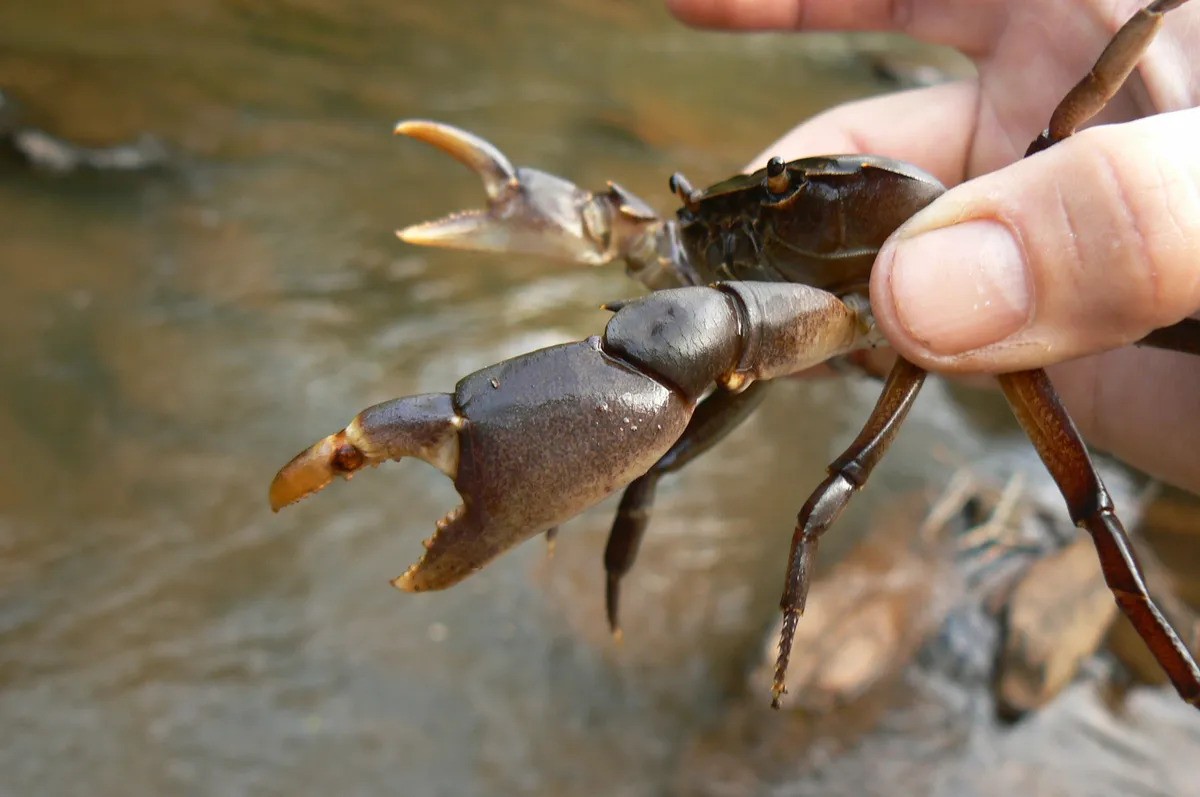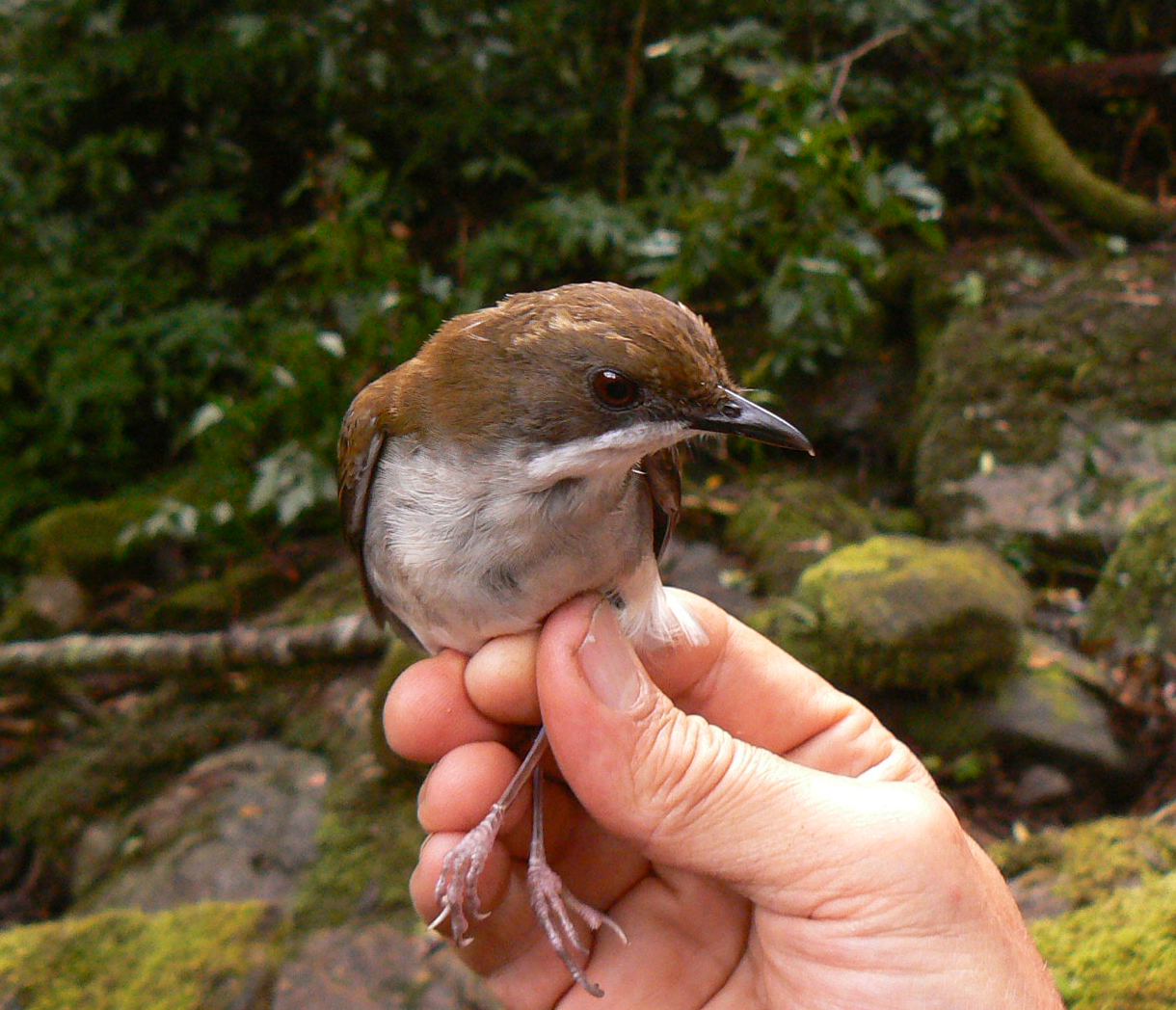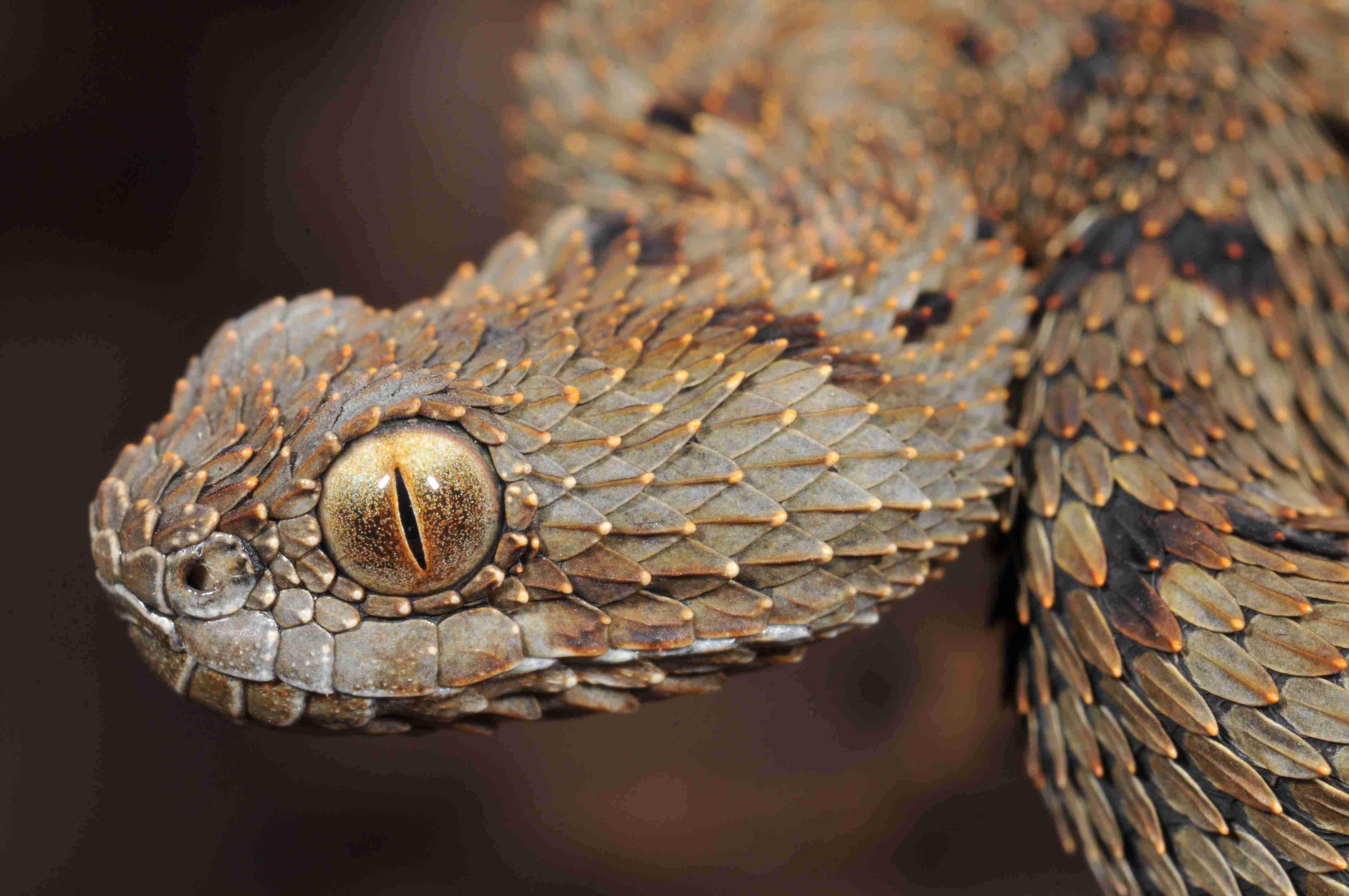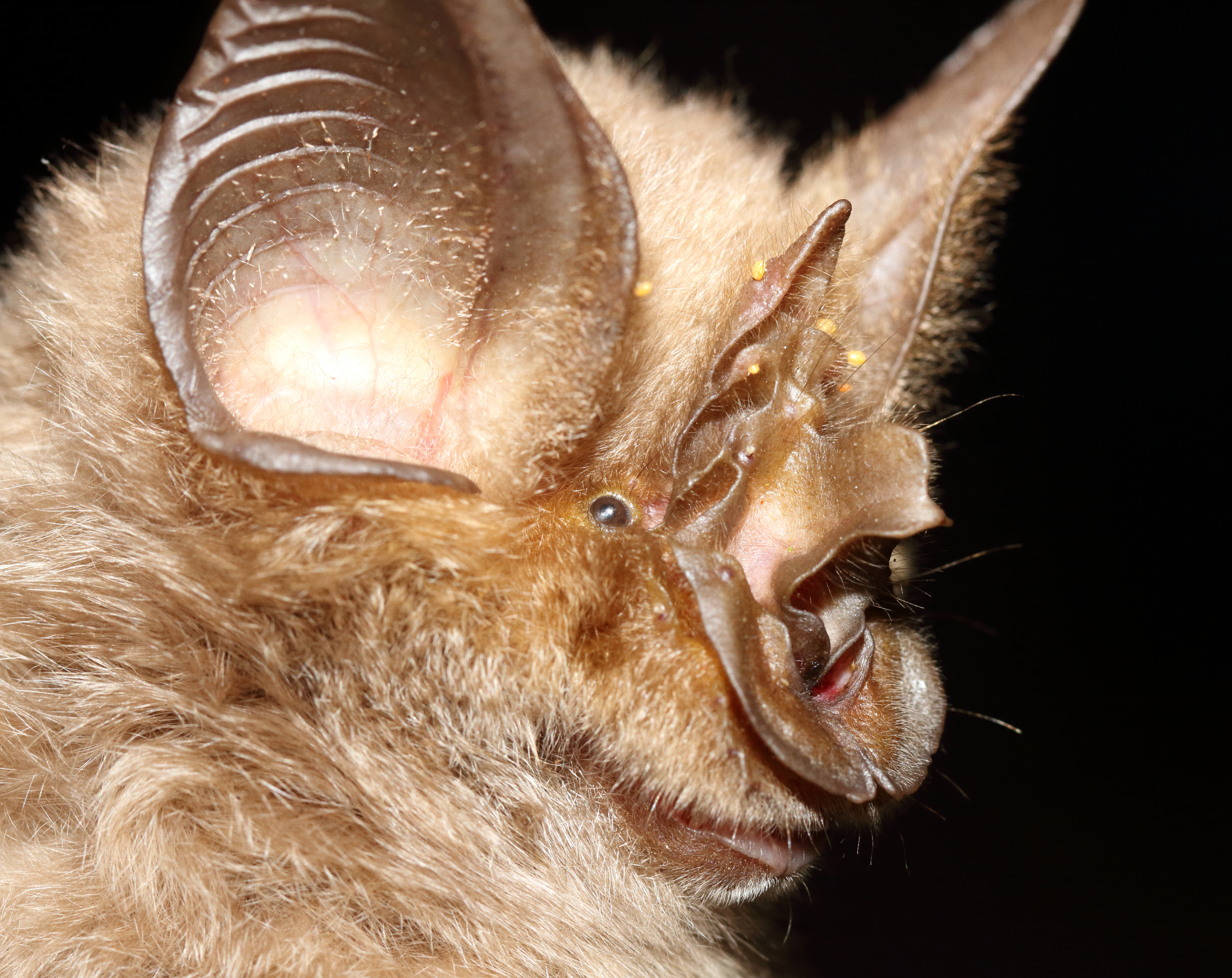A treasure chest of unique biodiversity has been discovered along the strip of mountains that runs from northern Mozambique to Malawi’s Mount Mulanje in southeast Africa. Unfortunately, the area suffers some of the highest deforestation rates in Africa, leaving this rich array of wonderful wildlife with an uncertain future.
The plethora of life was recently documented by an international team of scientists in the South East Africa Montane Archipelago (SEAMA). An “archipelago” typically refers to a cluster of islands, but this name has an altogether different meaning.
High up in the mountains, there are around 30 fragmented pockets of grasslands and evergreen forests that have remained relatively cut off from each other. These isolated “sky islands” provide the perfect setting to harbor unique collections of wildlife.
An international team of scientists has been closely researching this exceptional region for decades and recently collated their work in a new study.

A newly discovered freshwater crab from Mount Namuli.
Image courtesy of Julian Bayliss
As per their findings, the region is home to over 200 species that can not be found anywhere else on Earth, including 90 species of amphibians, reptiles, birds, mammals, butterflies, and freshwater crabs, plus 127 plant species.
Among the strictly endemic species – meaning they are unique to the area – there were three species of birds, six freshwater crabs, four mammals, 11 amphibians, 22 reptiles, and 39 butterflies. Some of these species have never been identified by scientists before and can be considered new species.
Off the back of these discoveries, the team believes this unique area needs to be recognized as a new ecoregion to receive the protection it deserves.
“Ecological regions (ecoregions) are widely used to inform global conservation priorities. They define large expanses of land or water, characterised by geographically distinct assemblages of animals and plants. New ecoregion definitions are rare, and typically follow many years of research across a range of scientific disciplines,” Professor Julian Bayliss, lead study author from Oxford Brookes University and National Network for Community Management of Natural Resources in Mozambique, said in a statement.

An endemic species of bird living in the South East Africa Montane Archipelago.
Image courtesy of Julian Bayliss
“It took decades of international collaboration to gather sufficient evidence to define the ecoregion. We documented hundreds of previously undescribed species, and researched the geology, climate, and genetic history of the ecosystems, to piece together what makes these mountains so unique. This new ecoregion will create an important platform from which to develop regional conservation initiatives,” explained Bayliss.
The SEAMA owes its unique biodiversity to its abundance of mountains that were formed hundreds of millions of years ago. On top of hosting heaps of mountainous grasslands, the region has the largest and the smallest mid-elevation rainforests in southern Africa: Mount Mabu and Mount Lico, respectively.

A bush viper found on Mount Mabu.
Image courtesy of William Roy Branch
“The ecoregion is fragmented across small isolated pockets of rainforest, montane grasslands, and shrublands, each with their own unique, but distantly related, plants and animals. There is so much more to discover, but many of these species may go extinct before we can record them,” explained Dr Harith Farooq, a biologist from the University of Lúrio in Mozambique and co-author of the study.
It’s a region that’s facing massive change, however. Since 2000, the SEAMA has lost 18 percent of its humid forest cover on average – and that figure is as high as 43 percent in certain parts of the region.
Most of the region’s small mammals, birds, reptiles, and amphibians are dependent on the rich forest, underscoring the urgent need for better conservation efforts in the area.

The Mabu leaf-nosed bat.
Image courtesy of Ara Monadjem
“Our study highlights the need to protect this unique, rather understudied, ecoregion,” commented Dr Gabriela Bittencourt, a co-author, and Postdoctoral Researcher at the Natural History Museum in London. “Encouraging conservation of the South East Africa Montane Archipelago is paramount as it’s clear we’ve only begun to scratch the surface of what we can learn about this diverse region as well as consider how these learnings can be applied to global biodiversity conservation efforts.”
The new study is published in the journal Scientific Reports.
Source Link: Hundreds Of New And Unique Species Found In Africa's "Sky Islands"